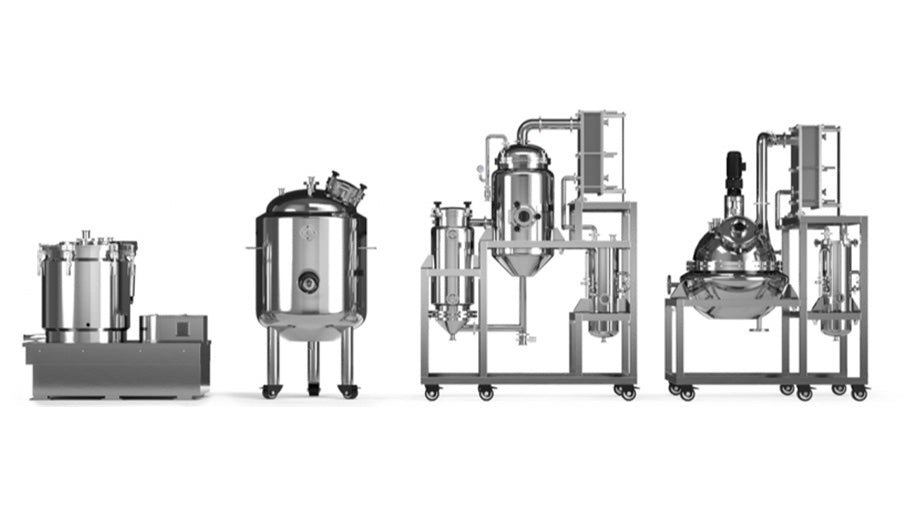What is Cannabis Extraction?
Cannabis extraction is the backbone of the cannabis industry, transforming raw plant material into a wide range of products, from potent concentrates to edibles and topicals. At Greater Purpose, we take pride in our expertise in this essential process, ensuring that every product we create meets the highest standards of quality and consistency. Whether you're a seasoned professional or a curious newcomer, understanding the basics of cannabis extraction is key to appreciating the complexities of this craft.
Common Cannabis Extraction Methods
Cannabis extraction is the process of isolating valuable compounds, such as cannabinoids and terpenes, from the cannabis plant. These compounds are the active ingredients responsible for the therapeutic and recreational effects of cannabis. The goal of extraction is to produce a concentrated form of these compounds, which can then be used to create various products, including oils, tinctures, vape cartridges, and more.
There are several methods used in the cannabis industry, each with its own advantages and challenges. Here, we'll explore the three most common techniques: CO2 extraction, ethanol extraction, and hydrocarbon extraction.
1. CO2 Extraction
CO2 extraction is one of the most popular and versatile methods in the industry. This technique uses carbon dioxide, a supercritical fluid that acts as both a gas and a liquid under high pressure and low temperature. By manipulating the pressure and temperature, CO2 can be used to extract cannabinoids and terpenes efficiently.
Advantages:
- Purity: CO2 extraction produces a clean, high-quality product with minimal impurities.
- Safety: CO2 is non-toxic and leaves no harmful residues in the final product.
- Versatility: This method allows for precise control over the extraction process, making it possible to target specific compounds.
Challenges:
- Cost: The equipment needed for CO2 extraction is expensive and requires significant expertise to operate.
- Time-Consuming: The process can be slower than other extraction methods.
2. Ethanol Extraction
Ethanol extraction is another widely used method, known for its efficiency and simplicity. In this process, ethanol is used as a solvent to strip the cannabinoids and terpenes from the plant material.
Advantages:
- Efficiency: Ethanol extraction can process large volumes of material quickly, making it ideal for high-throughput operations.
- Cost-Effective: Compared to CO2 extraction, ethanol extraction requires less expensive equipment.
- Versatility: Ethanol is a polar solvent, meaning it can extract a wide range of compounds, including chlorophyll, which can be removed in post-processing.
Challenges:
- Purity Concerns: Ethanol can co-extract unwanted compounds, requiring additional purification steps.
- Flammability: Ethanol is highly flammable, necessitating strict safety protocols during extraction.
3. Hydrocarbon Extraction
Hydrocarbon extraction, using solvents like butane or propane, is favored for producing highly potent and flavorful concentrates, such as shatter, wax, and live resin. The process involves using hydrocarbons as solvents to dissolve the cannabinoids and terpenes from the plant material.
Advantages:
- Potency: Hydrocarbon extraction is known for producing some of the most potent cannabis concentrates.
- Flavor Retention: This method excels at preserving the plant's natural terpene profile, resulting in products with robust flavors and aromas.
- Speed: Hydrocarbon extraction is relatively quick, making it suitable for large-scale production.
Challenges:
- Safety Risks: Hydrocarbons are highly flammable, requiring rigorous safety measures and specialized equipment.
- Regulation: Due to the risks involved, hydrocarbon extraction is subject to strict regulatory oversight.
Choosing the Right Method
The choice of extraction method depends on various factors, including the desired end product, production scale, and budget. At Greater Purpose, we employ a combination of these techniques to create a diverse range of high-quality cannabis products that cater to the needs of our customers.

